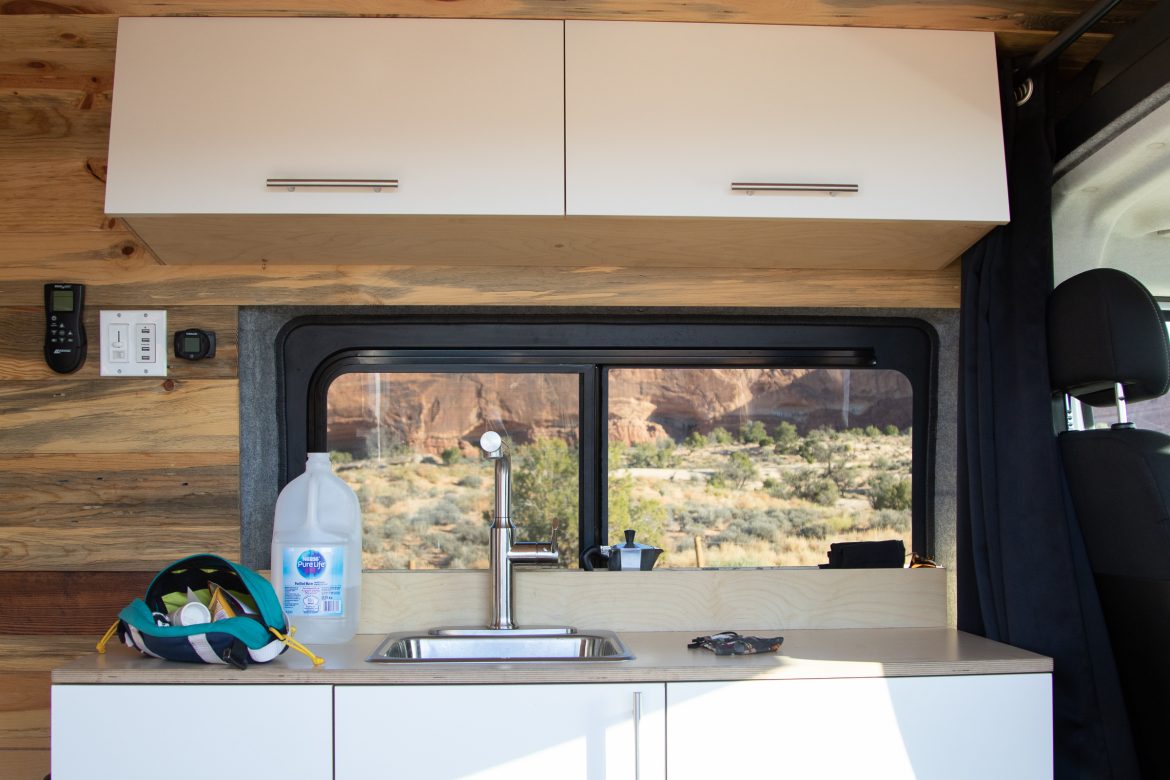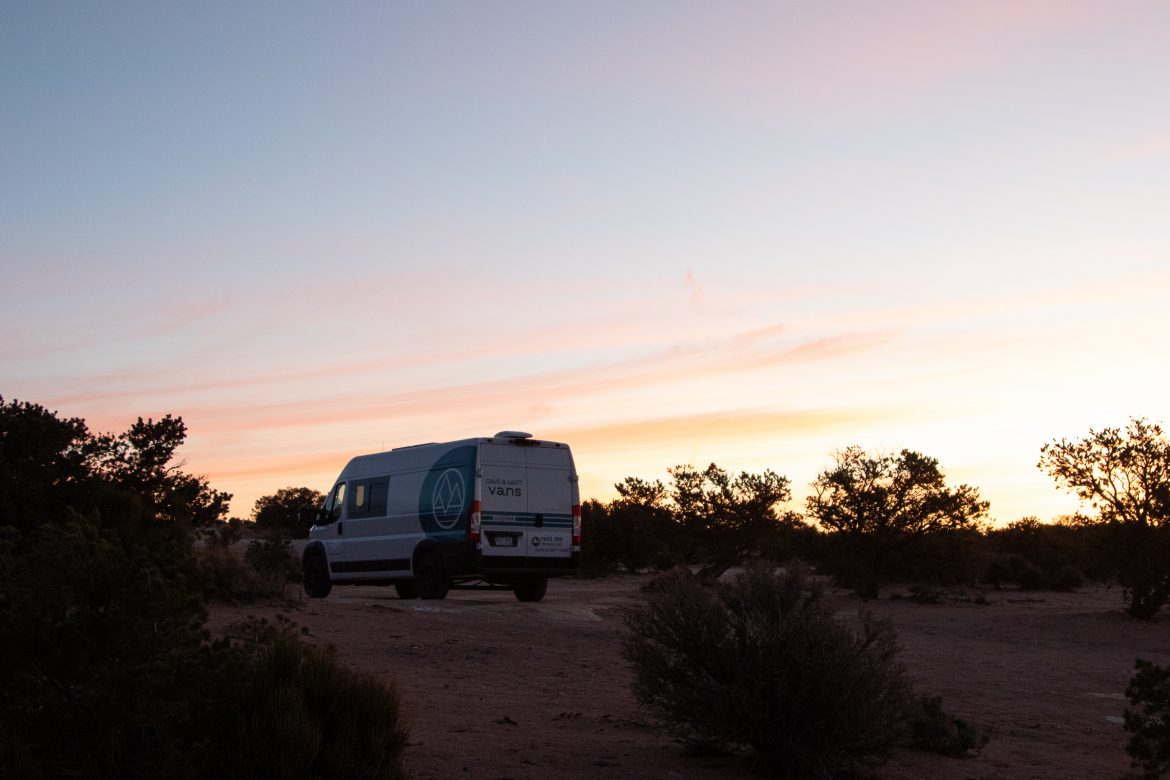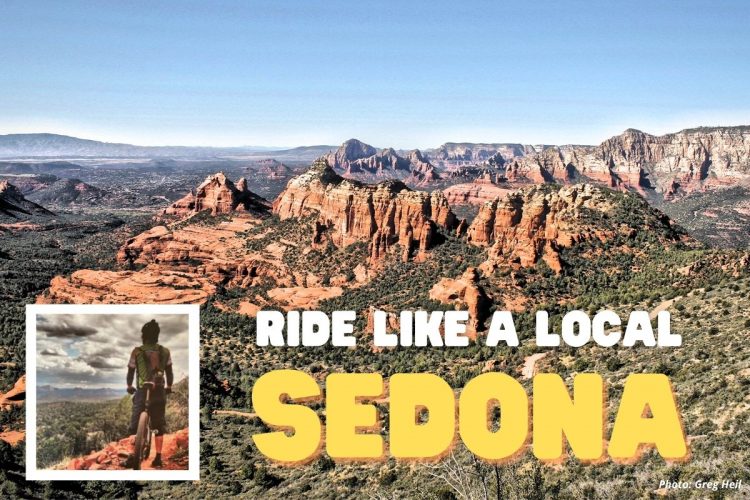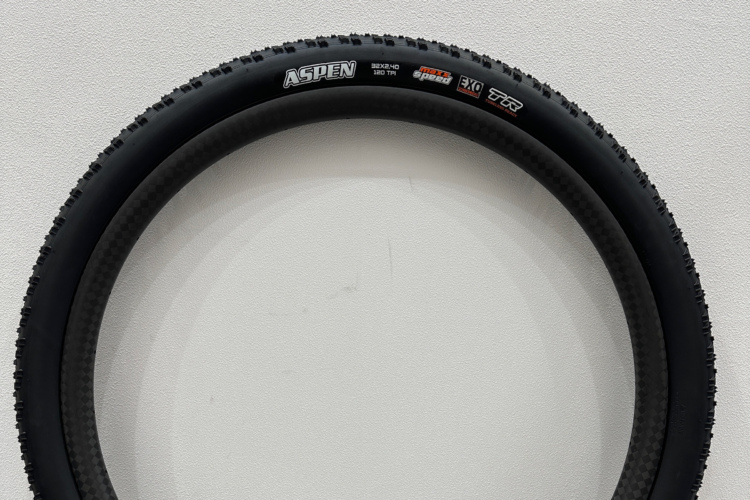
I’ve never been a big fan of winter, and not just because mountain biking gets more difficult. Less daylight and warmth requires more fortitude just to get out the door, even if you have the right layers. But, it also means less time spent with friends as the majority of mine are also mountain bikers and bikes are usually the platform on which we meet. So, wintertime usually means less exercise, less socializing, and less sunlight; all recipes for downward mood swings.
For some people, full-time jobs, or, now that we’re in the era of remote work, we’ll call them stationary jobs, are a year-long winter. Required presence at a location in the name of service hinders the ability to adventure and maybe to find happiness.
Vans these days are adventure multipliers, and the kind that are popular with mountain bikers, skiers, and rock climbers are usually bigger than a mini-van and smaller than a small school bus. These vans are large enough to fit bikes and gear, spacious enough to sleep and cook in, and yet, are small enough to park on a side street or drive up a groomed Forest Service road.
For those who can’t live on the road, the next best thing is using these mini-RVs for a more comfortable night’s sleep. Mountain bike destinations aren’t well-kept secrets anymore. Finding affordable lodging in a summertime destination can be just as challenging as lodging at a chic ski resort in the winter, and camping has become equally difficult to find in some places. In comes the van, again, lumbering around right-hand corners, and parking in our dreams.
This fall, I had the chance to demo one of these dream machines, thanks to Dave and Matt Vans. They rent models from their base in Gypsum, Colorado starting at $165 a night. Dave (Ramsay) and Matt (Felser) started the company in 2018. Before Dave and Matt Vans, the two met in college but went their separate ways after graduation.
Felser was a full-time teacher, adventuring, mountain biking, and sleeping out of his Honda Element in the summers while Ramsay worked in New York City at a major hedge fund. Ramsay burned out on the busy lifestyle and bought a Roadtrek camper van. Eventually, he went to visit Felser in Colorado’s Vail Valley and the two talked about the van market.
“The issue five years ago and still today, working on a teacher’s budget, you know, resources are limited,” said Felser. “And at the time, in particular, it was either $150,000 for a Winnebago or a custom van builder, or you do it yourself.”



So, in 2018 they made their first van, basically a tester, and posted it for sale on Craigslist and within a day had 25 emails from potential buyers. Since then, they’ve put over 300 Dave and Matt Vans on the road. The company has expanded to 26 full-time employees in three years.
What separates a Dave and Matt van from the Winnebagos and Roadtreks? For starters, a fully built Dave and Matt van is about half the price. Dave and Matt start with RAM ProMaster vans, commonly used by plumbers and contractors. The ProMasters are priced at around $33,000 as a bare shell with two captain’s chairs and a powertrain, and Dave and Matt add what they feel are the necessities.
The completed vans sell at a base price of about $65,000 and include a finished interior, benches that double as storage containers, a sink with a water pump, dimmable LED overhead lighting, a heater and thermostat, overhead vents and fans, windows, a full-size bed, cabinets, and a solar panel with a battery that’s independent from the van’s power and battery.
Unique financing opens up the option to make payments more akin to a small mortgage than a huge car payment, and buyers can opt for 12-year loans with a monthly payment of just over $600. Dave and Matt Vans are also getting RBI certified next year, allowing buyers to finance the vans like RVs with 20-year terms bringing the monthly payments closer to $3-400 a month.
Steve Klehfoth gave my wife Hannah and me a rundown of all the features in our rental van before we tossed our bikes in the van and drove to Sedona. There are a number of ways to store bikes in the back. Some people use hangers from under the bed frame, some use fork mounts, some use a hitch rack. For security reasons, inside the van is best.
The ProMaster accelerated quickly onto the I-70 on ramp, but we found its comfort zone in the 60-65MPH range. It’ll go faster, but it doesn’t really want to. To break up the drive from Colorado to Sedona, we stopped outside Monument Valley for a night and cozied up to the edge of a mesa top dotted with other vans.


Here’s where the van boastfully outperforms a tent, at least on this cold fall night. Instead of battling with tent poles and sleeping bags at dusk, we found a level spot and parked. For dinner, we made toasted pizzas on naan bread, with prosciutto, pear, and goat cheese. The drawers were already full of silverware and plates and we had a counter to chop our food on. We put beers, salad, and dessert in the fridge hours earlier.
After dinner, we sat in the common area — the space between the cockpit, the kitchen, and the loft/bed — and as if we were house shopping, thought about how we would arrange the space if it were ours. Maybe a picture here? I think I would hang the bikes like this. It might be nice to have a toilet where that chair/storage is.
In the morning, we opened the door and sat on the mesa’s edge, and watched the sun brush light over the neighboring canyon and the distant buttes of Monument Valley.
The drive between Moab and Sedona encapsulates the Southwest and I’d argue it’s one of the best road trips in the country. Buildings, houses, and towns grow farther apart and red tabletops and cliffs fill in. The tail end of the drive runs through Navajo Nation, a nation within a nation as they say.
Where Forest Gump memorably turned around on his run across the nation is as beautiful as ever, the two-lane road dividing the red buttes, now an unofficial selfie station for the aspiring influencer. Native women sell jewelry on the side of the road under the cover of wooden huts, as tourists pull over, get their shot, and drive off.


Down the road, we ran into a construction zone and stopped for a few minutes. Hannah walked to the kitchen and brought back some pita chips. Back on the road, we crossed paths with van after van. The West, vastly made up of Bureau of Land Management land and loose camping laws makes it an attractive destination, though it’s now illegal to sleep in a vehicle overnight in places like Sedona and Moab, and camping spots aren’t particularly close to town.
This is one of the greater challenges in vanning and why some opt for a truck and trailer. If you’ve found a camp spot and need to go into town or to a trail head, it’s easier to stake a claim and return, instead of having to drive your dwelling.
We spent a day and a half in Sedona, and on our trip back stayed in Moab. We knew finding a camping spot close to town on a Saturday evening was a gamble, and were dealt a predictably bad hand. Fortunately, we found dispersed camping near our next day’s planned ride at Navajo Rocks.
Tired from riding and driving, we plopped down in a spot between other campers on the big mesa top, chopped up some mushrooms on the countertop, and threw leftover pork in a pot of ramen. We rinsed out the bowls in the sink, washing our leftover broth down into a grey water reservoir underneath.

I’m not the type that says “I’m too old for this,” but conveniences like a sink, cabinets, padded seating, and mattresses are hard to beat, especially if you can access the same places where you might tent camp. Cold nights tend to be the worst part about camping, and the van has a thermostat and heater. We set it in the mid-60s and slept better than I ever have in a tent.
The next morning we rode, drove back to Colorado, and dropped the van off at D&M headquarters in Gypsum. We thought about how and why we would use a van to enhance our lifestyles. Hannah, a photographer with a knack for beautiful landscapes, myself, a mountain biker who likes to ride various trails. The two passions and places are often synonymous.
Van-owning friends usually use them to fulfill their passion for similar lifestyles. Vans make camping and road trips infinitely more convenient, but they also come with a price tag. A $60,000 van is certainly more affordable than $120,000, but it takes a certain level of financial comfort and privilege to make it happen, part-time or full-time.

On the flip-side, a van might be a better alternative for some than a house, especially considering the cost of living in burgeoning mountain bike destinations. For my current stage in life, it’s a conundrum where I/we would work more to pay for a van so that I could have a better experience when we do take vacations. I suppose these are the situations we face when we’re trying to feed our passion, and dreaming is half the fun.





















5 Comments
Dec 2, 2021
Dec 1, 2021
Dec 2, 2021
Dec 1, 2021
Dec 5, 2021